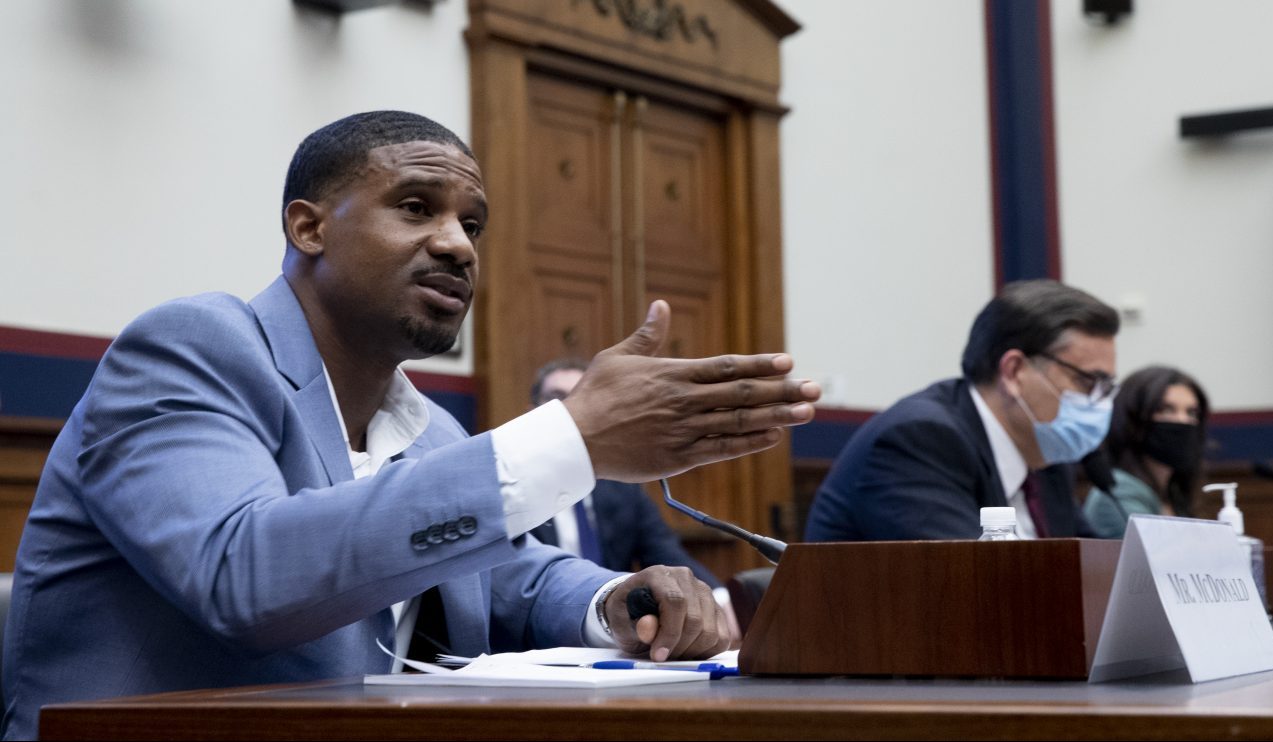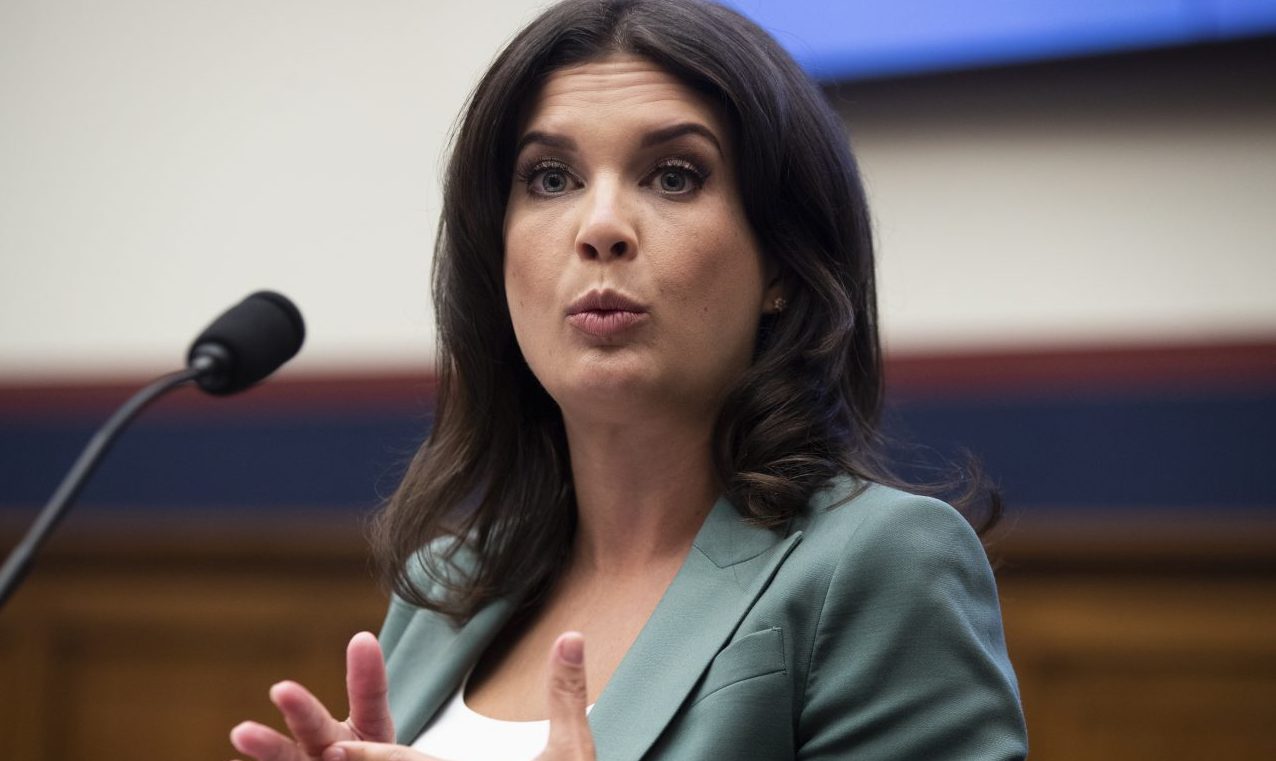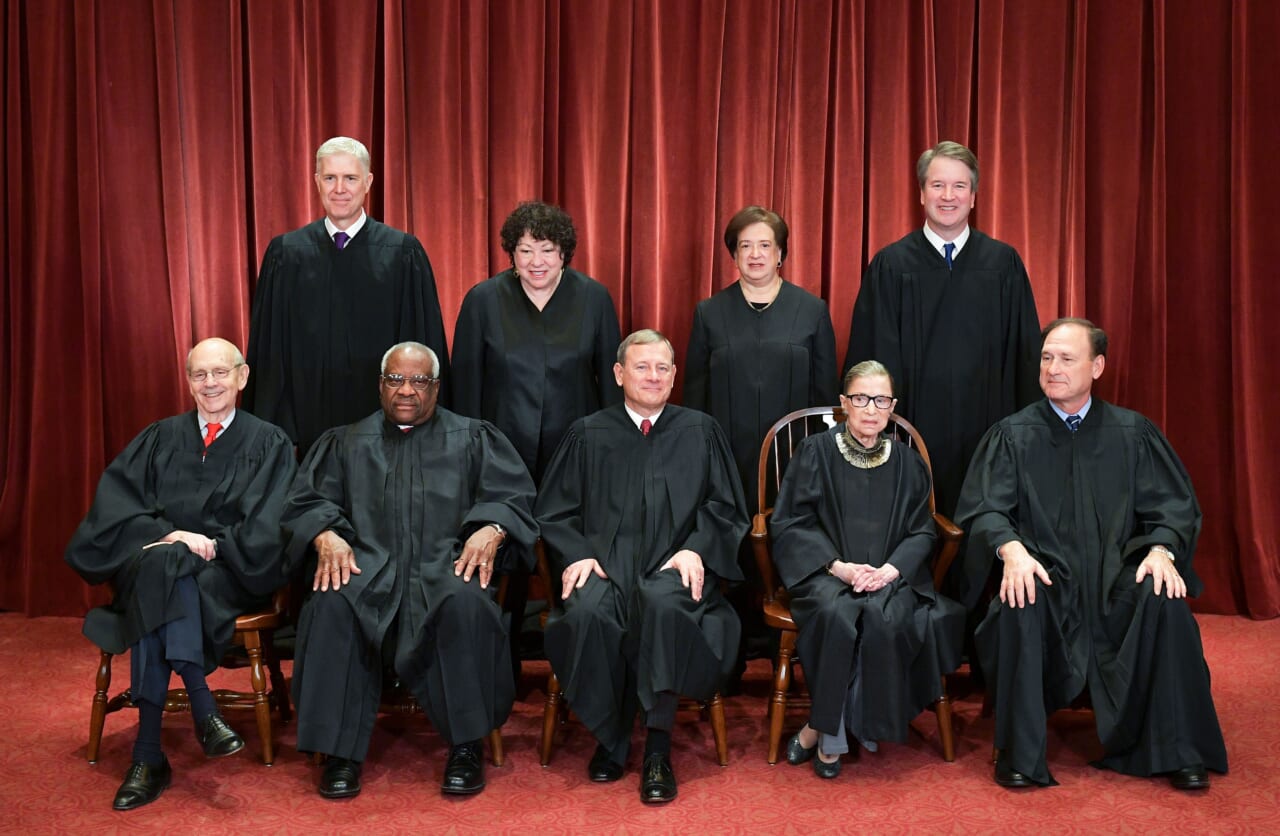The Atlanta Hawks will flip State Farm Arena into an early voting site for Georgia’s upcoming elections.
According to a press release issued on Monday (June 29), the Fulton County Registration and Elections Board is partnering with the basketball team to transform the state-of-the-art facility into the largest-ever voting precinct. Hundreds of State Farm Arena staffers will also be trained as volunteer poll workers.
Starting with early voting on July 20 for the primary runoff election on August 11, as well as the general election on November 3, voters will be able to park around the area for free and cast their ballots while maintaining the CDC’s social distancing requirements.
READ MORE: Stacey Abrams slams GOP over voter suppression in Georgia
“We aim to be a community asset, and in order to fulfill that goal, we need to be more than just a basketball team,” Hawks CEO Steve Koonin said. “We’ll utilize our arena for all aspects of voting.”
Starting on July 20, we will become Georgia's largest-ever voting precinct.
We are proud to partner with Fulton County to give all registered Fulton County residents the ability to vote early at our arena.
Read more: https://t.co/RhFbkgq7y3 pic.twitter.com/P8zFeFEics
— State Farm Arena (@StateFarmArena) June 29, 2020
The primary voting on June 9 was plagued by long wait times, primarily in urban neighborhoods, and most complaints were about malfunctioning voting machines.
Georgia’s Secretary of State, Brad Raffensperger, a Republican, called the problems “unacceptable.”
In a statement, he said “My office has opened an investigation to determine what these counties need to do to resolve these issues before November’s election.”
The partnership comes after several Georgia residents (and lawmakers) took to social media to complain about their chaotic voting experience this month, especially in Fulton County, theGrio previously reported.
Stacey Abrams believes the GOP purposefully made the process difficult for Blacks as an act of voter suppression.
“People sacrifice a day’s wage to try to cast a vote. These are largely communities that are working class, working poor. They’re not making a lot to begin with to cast a ballot. It’s a poll tax. But we know even more that you raise the question of incompetence versus malice. In Georgia it’s both,” she said while speaking to MSNBC host Chris Hayes earlier this month.
“But let’s be clear,” Abrams added.
READ MORE: Georgia secretary of state vows to investigate voting delays in minority areas
We have been saying it for some time, and a spate of national news in recent days has demonstrated: Georgia is the premier battleground state. Here’s why… #gapol
(THREAD) https://t.co/X5bAEtM7ws
— Stacey Abrams (@staceyabrams) June 29, 2020
“This didn’t just happen in Georgia. It also happened in South Carolina and Nevada to a lesser extent and certainly without the clownish behavior of the Secretary of State. But across the country, we are seeing this combination of incompetence and malfeasance putting voters of color at risk of not being heard in our democracy,” she continued.
The election administration in Georgia has been catching major heat following the disastrous June 9 primary. Which is partly the reason why Fulton County Commissioner Robb Pitts co-signed the partnership with the Hawks.
“It took me about a nanosecond to understand what a big deal that would be for us here in Fulton County running this upcoming election, given the challenges that we had,” Pitts said.
Meanwhile, the Hawks have challenged the rest of the NBA to get involved ahead of the November election.
Have you subscribed to theGrio’s new podcast “Dear Culture”? Download our newest episodes now!
The post Atlanta Hawks Arena to transform into massive voting site for elections appeared first on TheGrio.
from TheGrio https://ift.tt/2CKtyi7
via








 (@nicolespeaaks)
(@nicolespeaaks) 
 (@TheCourtKim)
(@TheCourtKim) 


